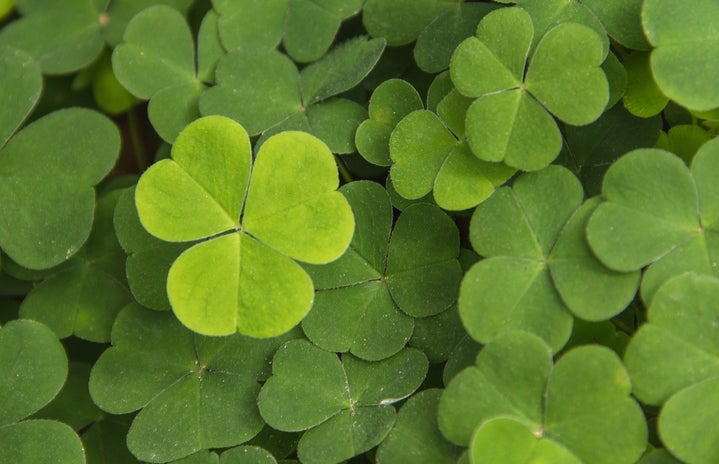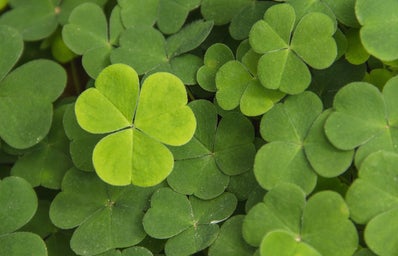A holiday of green alcohol and Leprechauns, St. Patrick’s Day is one of the biggest commercial holidays of the year, bringing in a rough total of 5.1 billion dollars nationwide, according to the National Retail Federation. But the real reason behind the widely celebrated holiday is far more interesting than we assume.
Saint Patrick is credited for converting the Irish to Christianity after being enslaved by Irish pirates and converting to Christianity himself. And although we think of St. Patrick’s Day as an Irish festival, its first celebration was actually in the American colonies. The celebration quickly spread and became an American tradition. According to HISTORY, “In 1848, several New York Irish Aid societies decided to unite their parades to form one official New York City St. Patrick’s Day Parade. Today, that parade is the world’s oldest civilian parade and the largest in the United States, with over 150,000 participants. Each year, nearly 3 million people line the 1.5-mile parade route to watch the procession, which takes more than five hours.” Although the holiday is now widely loved, during St. Patrick’s Day celebrations, newspapers would portray the Irish as “drunk, violent monkeys.” Historically, Irish immigrants were not welcome in America.
In Ireland, St. Patrick’s Day has been celebrated as a religious holiday. Up until the 1970s, pubs had to be closed on the day. Now, St. Patrick’s day is more widely celebrated as a commercial and tourist holiday, not just in Ireland, but across the world.
There have been some major sociopolitical issues surrounding St. Patrick’s Day. The Irish Republican Army, more commonly referred to as the IRA, has been one of the groups surrounded by controversy over the years. The IRA’s main goal is to establish reunification and end British rule in Northern Ireland. They have been around for over a century, and came into much controversy in the 70s after copious amount of violence between the IRA and the British occurred. According to an old article from the Washington Post, “The possibility that New York’s 221st St. Patrick’s Day parade may be seen as a massive rally for the IRA has divided politicians, local governments and the news media here and has prompted both the Irish and U.S. governments to withdraw their support for the event.” Because of the political tensions and war going on in Great Britain, ties to the holiday were controversial at the time.
The Leprechaun serves as a symbol not only for St. Patrick’s Day, but for the Irish in general. These magical beings stem from Celtic folklore, and are seen as good and evil (note: the movie The Leprechaun). According to TIME, the color green was not associated with the holiday until 1798 when the Irish Rebellion took place. Before then, the color blue was associated with St. Patrick’s Day. The Irish chose to wear green to separate themselves from the red Brits, and sing the song “The Wearing of the Green” during the rebellion. After pubs were allowed to be open on the holiday, Budweiser invented the green downing beer.
Chicago is a city like no other: coloring the Chicago River green every year. According to HISTORY, this event began “in 1962 when city pollution-control workers used dyes to trace illegal sewage discharges and realized that the green dye might provide a unique way to celebrate the holiday. That year, they released 100 pounds of green vegetable dye into the river–enough to keep it green for a week. Today, in order to minimize environmental damage, only 40 pounds of dye are used, and the river turns green for only several hours.” Chicago is credited with this invention, although some Georgians claim that this tradition originated in Savannah.
Saint Patrick is famously known for possibly explaining the Christian notions of Father, Son, and Holy Spirit using the three leaves of the shamrock. Whether the mythology surrounding his life is real or not, his influence and his holiday have been spread wide and far, being celebrated by many in the form of partying a little too hard at times, green face paint and clothes, and even greener beer. Don’t get pinched this St. Patrick’s Day!


